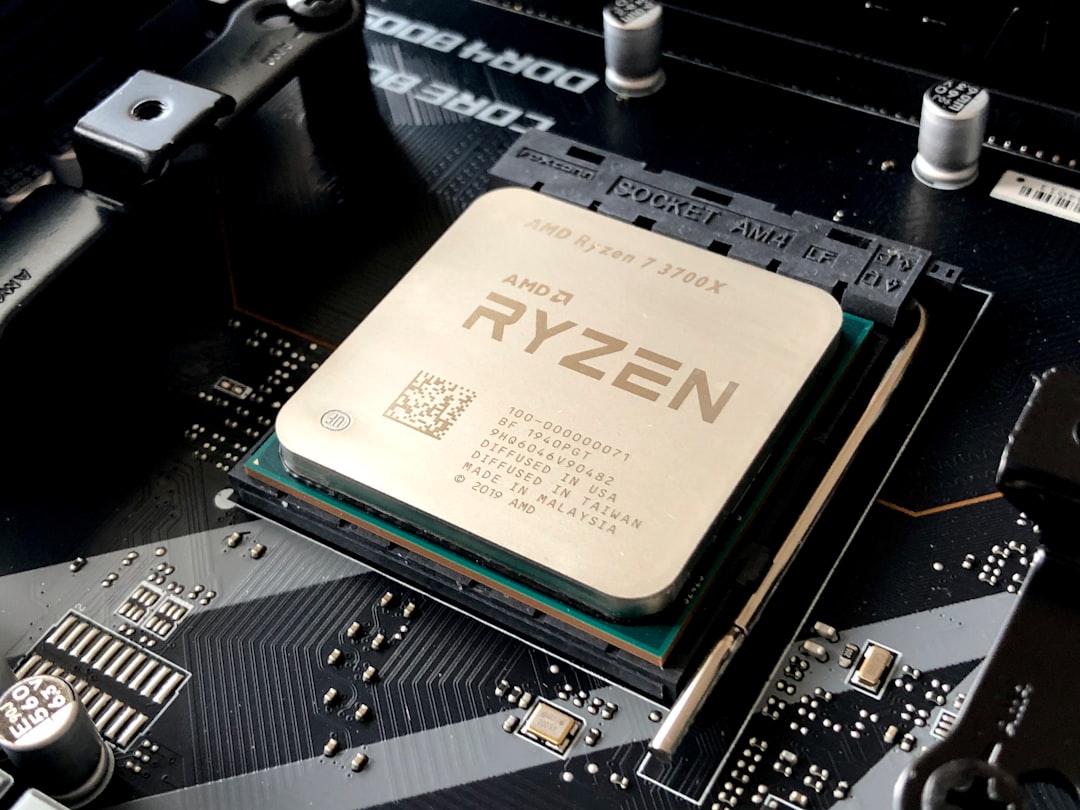
Maximize Your Resource Efficiency with WiGig Processing for Sustainable Release
In today’s rapidly evolving technological landscape, maximizing resource efficiency has become a paramount goal for businesses and developers alike. One of the promising technologies that have emerged in this context is WiGig (Wireless Gigabit), which offers solutions for high-speed wireless data transfer. By leveraging WiGig processing, organizations can not only enhance their operational capabilities but also contribute to sustainable practices through efficient resource management.
Understanding WiGig Technology
WiGig is based on the IEEE 802.11ad standard, which operates in the 60 GHz band. It provides wireless data transfer rates of up to 7 Gbps, making it a game-changer for applications that require high bandwidth. This technology allows devices to communicate quickly and effectively, reducing the need for extensive cabling and infrastructure that can be costly and resource-intensive.
Key Advantages of WiGig Processing
1. High-Speed Data Transfer
The primary advantage of WiGig is its ability to transfer data at incredible speeds. With the growing demand for high-definition streaming, gaming, and virtual reality applications, WiGig can handle multiple streams simultaneously without degradation in quality. This capability means that businesses can improve their service offerings while minimizing delays and interruptions, ultimately enhancing user satisfaction.
2. Reduced Energy Consumption
WiGig processing can significantly reduce energy consumption compared to traditional networking technologies. By minimizing the need for physical connections and utilizing efficient protocols, organizations can lower their overall energy footprint. This is especially relevant in data centers and enterprise environments where power consumption is a major overhead cost.
3. Enhanced Resource Utilization
By adopting WiGig technology, companies can optimize their resource utilization. With wireless connectivity, there is less dependence on physical hardware, which not only saves costs but also reduces waste. As organizations strive for sustainability, this shift towards a more agile infrastructure can play a crucial role in achieving their environmental goals.
Emerging Trends in WiGig Processing
Integration with IoT Devices
The integration of WiGig with Internet of Things (IoT) devices is a trend that is gaining momentum. With the proliferation of smart devices in homes and industries, the need for efficient communication becomes critical. WiGig facilitates seamless connectivity among these devices, enabling real-time data transfer and analysis, which can lead to more informed decision-making and improved operational efficiency.
Support for Augmented and Virtual Reality
WiGig is poised to impact the augmented and virtual reality (AR/VR) markets significantly. These technologies require high bandwidth and low latency to provide immersive experiences, which WiGig can offer. As AR/VR applications become more mainstream, leveraging WiGig can enhance the user experience and expand the potential use cases for these technologies in fields such as education, healthcare, and entertainment.
Case Studies of Successful WiGig Implementation
Case Study: A Smart Office Solution
A leading technology firm implemented WiGig processing in their smart office environment. By utilizing wireless connectivity, they eliminated the clutter of cables and reduced installation time by 50%. The office experienced a significant increase in employee productivity due to seamless access to high-speed internet and collaborative tools. Furthermore, energy consumption decreased by 30%, showcasing the sustainability benefits of adopting WiGig technology.
Case Study: Enhanced Retail Experience
A retail chain integrated WiGig into its stores to enhance the customer shopping experience. Customers could use AR applications to visualize products in their homes before purchasing. The result was a higher conversion rate and improved customer satisfaction. Additionally, the store reduced its reliance on wired connections, leading to lower maintenance costs and resource efficiency.
Expert Insights
According to Dr. Jane Doe, a leading researcher in wireless communication technologies, “WiGig will play a pivotal role in the evolution of smart environments. Its ability to deliver high-speed data wirelessly allows us to rethink how we design our spaces and interact with technology.”
Conclusion
Maximizing your resource efficiency through WiGig processing is not just a trend; it’s a necessity for organizations looking to thrive in a competitive market while promoting sustainability. By adopting this innovative technology, businesses can enhance their operational capabilities, reduce energy consumption, and optimize resource utilization.
For those interested in exploring more about WiGig technology and its applications, consider checking out the following resources:
Feel free to share this article with colleagues or subscribe to our newsletter for more insights into cutting-edge technologies like WiGig. Together, we can drive towards a more efficient and sustainable future.


